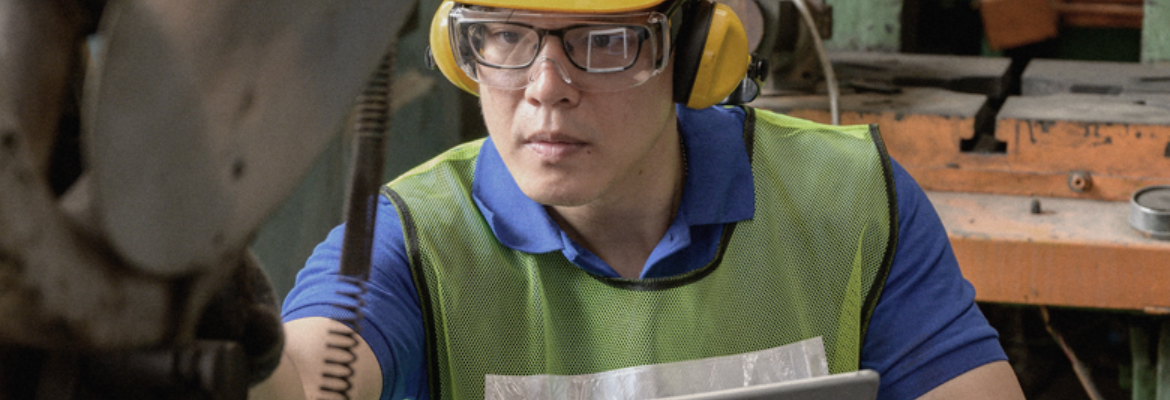Air compressors are complex machines that pose many potential safety hazards. It is crucial to have proper safety measures in place to ensure the protection of operators and other employees. Our team has created a comprehensive air compressor safety checklist to help make sure that your workplace is a secure environment during compressor operations, repairs and maintenance.
Air Compressor Safety Checklist:
Ensure Lockout, Tagout Procedure is in Place.
Before performing any maintenance or troubleshooting, ensure that your compressor has been shut down, disconnected from the power source, and that the air pressure has been released.
Automatic compressors can start up at any time, making it crucial to take precautions.
Allow Sufficient Cooling Time:
Compressor components, coolants and lubricants can cause burns if touched during or shortly after usage. Additionally, adding or changing oil or fuel while the unit is still hot could result in smoking or even a fire.
Frequently Drain the Compressor Tank:
Draining the tank regularly is important to prevent it from rusting and exploding. A rusty tank puts all employees working in the area in danger. An automatic timer drain is commonly used to drain the tank regularly and automatically.
Keep Hands, Fingers, Hair and Clothing Away:
The air compressor is a piece of rotating equipment that can quickly grab loose clothing or cause serious injury to extremities. Cooling fans, drive couplings and belts are all areas where extreme caution should be used.
Check the Electrical Outlet:
Air compressors must be hardwired into a sufficiently sized disconnect, or there is a risk of electrical damage or fire.
Choose the Right Compressor Location:
If the compressed air fumes are not in a well-ventilated area, they can be hazardous. The area should also have clean, dry inlet air to avoid rust and electrical issues.
Do Not Use PVC Pipe:
Using PVC piping in compressed air applications is not safe or approved by OSHA. It can crack, burst, and send shrapnel flying through your plant.
Secure Tools and Hoses Before Starting the Compressor:
Before operation, check pneumatic tools to make sure the trigger is not engaged and ensure hoses are secured. Loose hoses can fly off or whip uncontrollably, causing injury.
Wear Protective Gear:
Always wear ear and eye protection. Exposure to loud machinery like compressors can cause permanent hearing loss and flying debris can cause significant vision issues.
Take Compressed Air Seriously:
Never point compressed air hoses or tools at yourself or anyone else. Even low pressures can cause bodily injury, including ruptured organs. Industrial compressed air is not intended for breathing air. Breathing air requires approved filtration, treatment and monitoring equipment that meets strict health and safety standards.
Remember, even if you have used air compressors for years, it is vital to read the manual carefully, as it contains valuable information about how to operate your specific model safely and efficiently. Every year, explosions and fires occur due to compressors that have safety devices bypassed. If your compressor’s safety devices have been bypassed or are not working properly or you are concerned about the general safety of your equipment, contact our factory-trained service team. We have many replacement parts in stock and can repair issues as needed.

